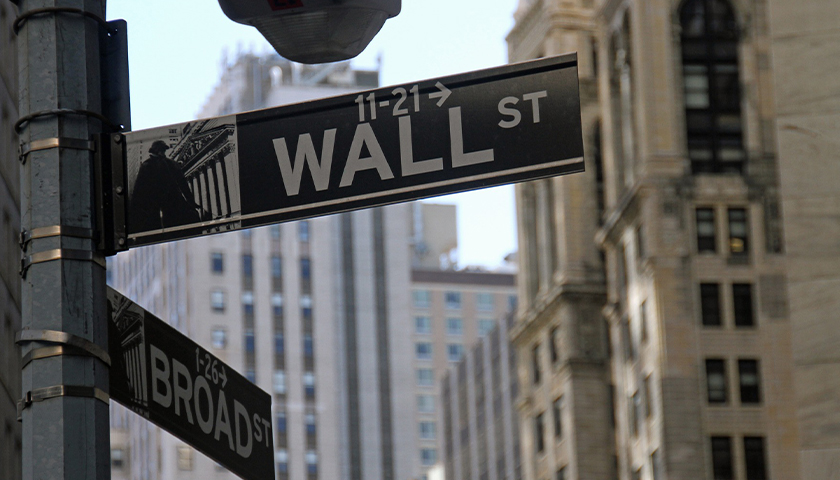by Will Kessler
Investors bet on the U.S. entering an era of sustained high inflation as Treasury yields spike, according to Reuters.
The bond market has seen a surge in interest rates for 10-year Treasury yields, reaching 4.59 percent, the highest point since September 2007 before the country was sent into a recession just months later, according to the Federal Reserve Bank of St. Louis. The state of the bond market indicates that investors believe that the age of low inflation and interest rates is over as the country enters a “high-pressure equilibrium,” driving inflation higher than what was previously considered normal, according to Reuters.
 “We have moved into a new era here,” Greg Whiteley, a portfolio manager at DoubleLine, told Reuters. “It’s not going to be a matter of struggling to get the inflation rate higher. It’s going to be working to keep it down.”
“We have moved into a new era here,” Greg Whiteley, a portfolio manager at DoubleLine, told Reuters. “It’s not going to be a matter of struggling to get the inflation rate higher. It’s going to be working to keep it down.”
The expectation of high inflation means that the Federal Reserve will have to keep its federal funds rate commensurately high in an attempt to bring inflation down to the Fed’s target rate of 2 percent, according to Reuters. Businesses that had gotten used to the low interest rates that were common following the 2008 recession may have trouble adjusting to the restrictive measures that could result in failed business models that relied on lower rates and even more unaffordable homes and cars.
The Fed, at the conclusion of its September Federal Open Market Committee meeting, kept rates in a range of 5.25 percent and 5.50 percent, the highest level since 2001, after raising rates 11 times since March 2022. The rates were put in place to combat inflation which peaked at 9.1 percent in June 2022, having recently come down to 3.7 percent for August.
The high-interest rates that will be needed to combat sustained high inflation will ultimately increase the cost of the U.S. national debt, which totals over $33 trillion, as interest rates on its debt rise. As interest payments rise, an increasingly large amount of the U.S. expenditure will have to go toward servicing that debt, leaving less room for other spending.
The 30-year fixed-rate mortgage has spiked to 7.31 percent as of Thursday, marking a dramatic shift from just a year ago when it was 6.70 percent, owing its rise also to the increase in the federal funds rate, making the cost of debt more expensive. The rise in the average mortgage rate adds to the increasingly unaffordable housing market, which has also seen a recent rise in home prices with a drop in real wages.
– – –
Will Kessler is a reporter at Daily Caller News Foundation.





